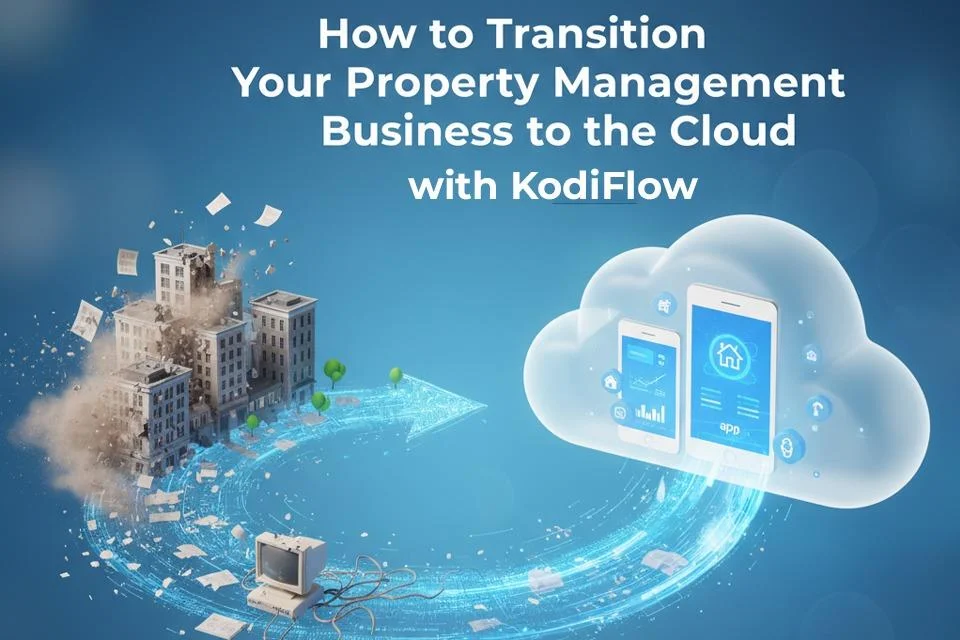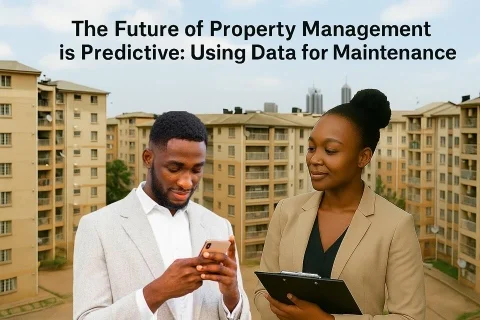The property management landscape in Kenya is evolving fast. Gone are the days when landlords and agents had to rely on piles of paper files, physical receipts, and endless WhatsApp messages to keep up with tenants. Today, cloud-based property management systems are transforming how real estate professionals operate, offering flexibility, security, and efficiency from anywhere, at any time.
One such platform leading this transformation is KodiFlow, a smart digital solution designed to simplify property management for both landlords and tenants. Through a single dashboard or mobile app, landlords can manage properties, track rent payments, send bills, and handle maintenance requests, while tenants can easily view bills, raise concerns, or send payments, all in real time.
But how exactly do you make the switch from traditional management to the cloud? Let’s break it down.
1. Understand What Cloud Transition Really Means
Transitioning to the cloud doesn’t mean throwing out your current systems overnight. It’s about moving your data: tenant details, rent records, utility bills, maintenance requests, into a secure online platform that gives you real-time access. With KodiFlow, all your property data is stored safely in the cloud, so you no longer depend on a single device or paper records that can get lost or damaged.
2. Audit Your Current Operations
Before moving to a cloud solution, assess what’s working and what’s not. Are rent reminders inconsistent? Are maintenance reports often delayed? Are expense records scattered across different files?
By identifying your weak points, you can better configure your KodiFlow dashboard to solve them, whether that’s automating reminders, tracking payments, or organizing tenant communications.
3. Choose a Cloud Solution That Fits Your Needs
Not all cloud platforms are built equally. You need one designed specifically for property management and that’s where KodiFlow excels.
It’s tailor-made for landlords, agents, and property managers, giving you modules for rent collection, utility billing, expense tracking, maintenance requests, and even document storage, all in one place.
4. Migrate Your Data Smoothly
Once you’ve chosen your platform, the next step is data migration. KodiFlow allows you to import your tenant and property details with ease. You can also upload existing documents, set up payment accounts, and create automated billing templates. Start small perhaps with one property or block, then scale gradually as you get more comfortable with the system.
5. Train Your Team and Tenants
Technology only works as well as the people using it. Ensure your staff understands how to use the platform to log expenses, process payments, and generate reports. For tenants, share short guides or tutorials on how to view bills, submit maintenance requests, or send payments digitally. The smoother their experience, the easier your transition becomes.
6. Monitor and Optimize Continuously
Once your business is running on the cloud, keep an eye on efficiency gains. Are tenants paying faster? Are maintenance issues resolved sooner? Use KodiFlow’s reports and analytics to identify patterns and continuously refine your processes for even better results.
The Future Is Cloud-Based
Moving to the cloud isn’t just a tech upgrade, it’s a strategic move that saves time, reduces costs, and builds stronger tenant relationships. With KodiFlow, landlords and agents can manage properties remotely while keeping operations transparent, organized, and efficient.
So if you’re ready to leave behind the stress of manual management, it’s time to go digital, it’s time to go KodiFlow.
Book a free Demo today.





